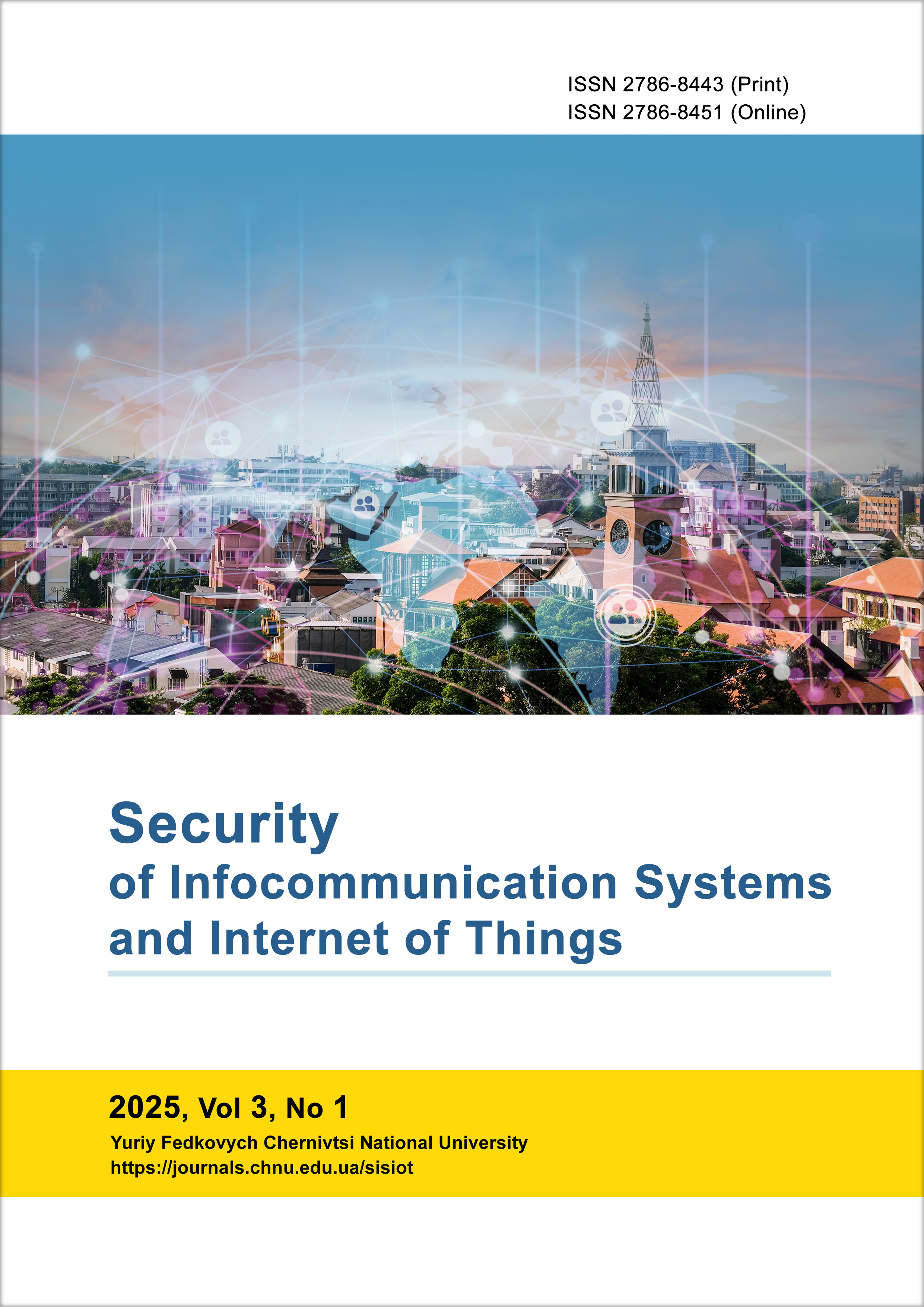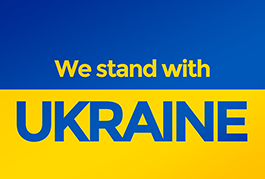Features of the Application of Compound Codes in Telecommunications
DOI:
https://doi.org/10.31861/sisiot2025.1.01008Keywords:
compound codes, interference, corrective property, optimality, redundancyAbstract
In telecommunications systems and networks designed for information transmission, independent and packet errors may occur simultaneously. To correct this type of error, it is advisable to use a code that can correct both packet and independent errors. Compound codes are one type of cyclic code. They are a type of systematic code. They are uniform, divisible, and block-based. They have an exceptional property: if a code combination belongs to a code, then a new combination obtained by cyclic permutation of bits also belongs to that code. These codes have a simple hardware implementation of encoding/decoding schemes and high efficiency in detecting and correcting errors. This, in turn, has ensured their widespread use. Irreducible polynomials are used to construct cyclic codes. To obtain a compound code, it is necessary to multiply the generating polynomial of the Fire code by the generating polynomial of the Bose-Chaudhuri-Hocquenghem (BCH) code. In reference literature, compound codes are usually denoted as FxBCH. A comparison of codes that correct only error packets and compound codes showed that compound codes have a greater number of check digits. Most of the obtained optimal compound codes can be used in practice in coding systems. The article studies compound codes that combine several coding methods to improve the reliability of data transmission in telecommunications systems. Their structure, advantages, and disadvantages compared to traditional codes, such as Hamming and Reed-Solomon codes, are considered. The effectiveness of compound codes in noisy channels is analyzed, including numerical calculations of error probabilities and performance comparisons. The results are presented in tables and graphs showing the dependence of effectiveness on channel parameters. The work aims to determine the optimal conditions for the use of compound codes in modern telecommunications systems, particularly in the context of 5G and promising 6G technologies.
Downloads
References
M. Burachok, M. Klymash, and B. V. Koval, Telecommunication Systems for Information Transmission. Encoding Methods. Lviv: Lviv Polytechnic Publishing House, 2015.
I. P. Panfilov, V. Yu. Dyda, and A. V. Kapatsin, Theory of Electrical Communication. Kyiv: Tekhnika, 1998.
C. Berrou, A. Glavieux, and P. Thitimajshima, “Near Shannon limit error-correcting coding and decoding: Turbo codes,” IEEE Trans. Inf. Theory, vol. 44, no. 10, pp. 1064–1070, 1996.
F. J. MacWilliams and N. J. A. Sloane, The Theory of Error-Correcting Codes. North-Holland, 1977.
C. E. Shannon, “A mathematical theory of communication,” Bell Syst. Tech. J., vol. 27, pp. 379–423, 623–656, 1948.
J. G. Proakis, Digital Communications, 5th ed. New York: McGraw-Hill, 2008.
T. K. Moon, Error Correction Coding: Mathematical Methods and Algorithms. Hoboken, NJ: Wiley-Interscience, 2005.
S. Lin and D. J. Costello, Error Control Coding: Fundamentals and Applications, 2nd ed. Pearson, 2004.
L. Hanzo, T. Liew, and B. Yeap, Turbo Coding, Turbo Equalisation and Space-Time Coding. Wiley, 2002.
ETSI EN 302 307, “Digital Video Broadcasting (DVB); Second generation framing structure, channel coding and modulation systems for Broadcasting, Interactive Services, News Gathering and other broadband satellite applications (DVB-S2),” ETSI, 2009.
Published
Issue
Section
License
Copyright (c) 2025 Security of Infocommunication Systems and Internet of Things

This work is licensed under a Creative Commons Attribution 4.0 International License.









